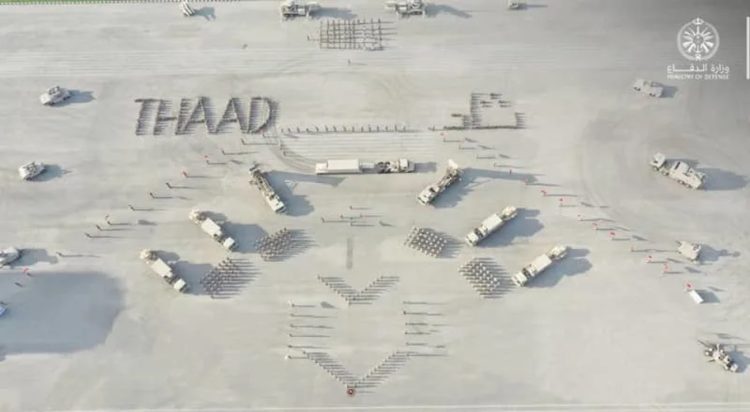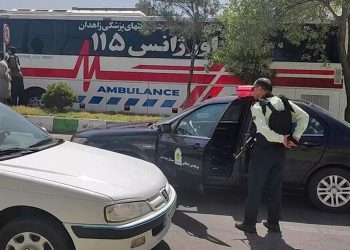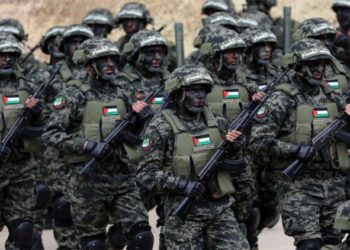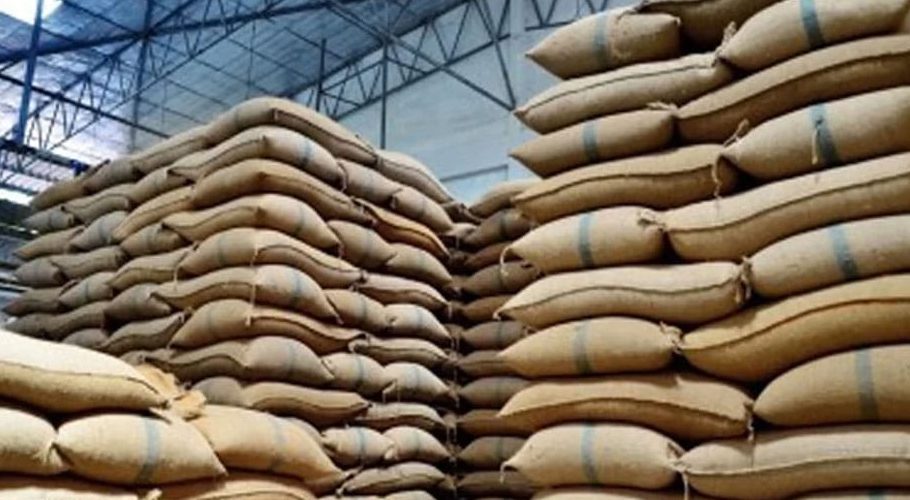Saudi Arabia’s Air Defense Forces have officially activated their first Terminal High Altitude Area Defense (THAAD) missile battery, according to an announcement made on X (formerly Twitter) on Thursday.
THAAD, developed by U.S. defense contractor Lockheed Martin, is designed to intercept and neutralize short- to medium-range ballistic missiles during their terminal phase. It is often compared to Israel’s Arrow 3 missile defense system due to its similar interception capabilities.
The THAAD system employs a “hit-to-kill” technology, meaning it does not carry an explosive warhead. Instead, it relies on the kinetic force generated upon impact to destroy incoming threats. Its advanced radar system can detect and track targets—both missiles and aircraft—at distances exceeding 2,000 kilometers. The system is capable of intercepting ballistic threats at ranges of up to 200 kilometers and altitudes reaching 150 kilometers.
The system was commissioned following thorough testing, inspections, and field training conducted by designated personnel within Saudi territory, the Ministry of Defense confirmed.
The deployment marks a major milestone in the Kingdom’s air defense capabilities and is part of a broader $15 billion agreement reached during former U.S. President Donald Trump’s first term. The deal includes the procurement of seven THAAD batteries in total, along with 44 launchers and 360 interceptors.
In May, Arab News reported that Saudi Arabia had completed the production of its first domestically manufactured components for the THAAD system in Jeddah. The development was described as a critical advancement in the Kingdom’s strategy to localize its defense manufacturing sector.




































